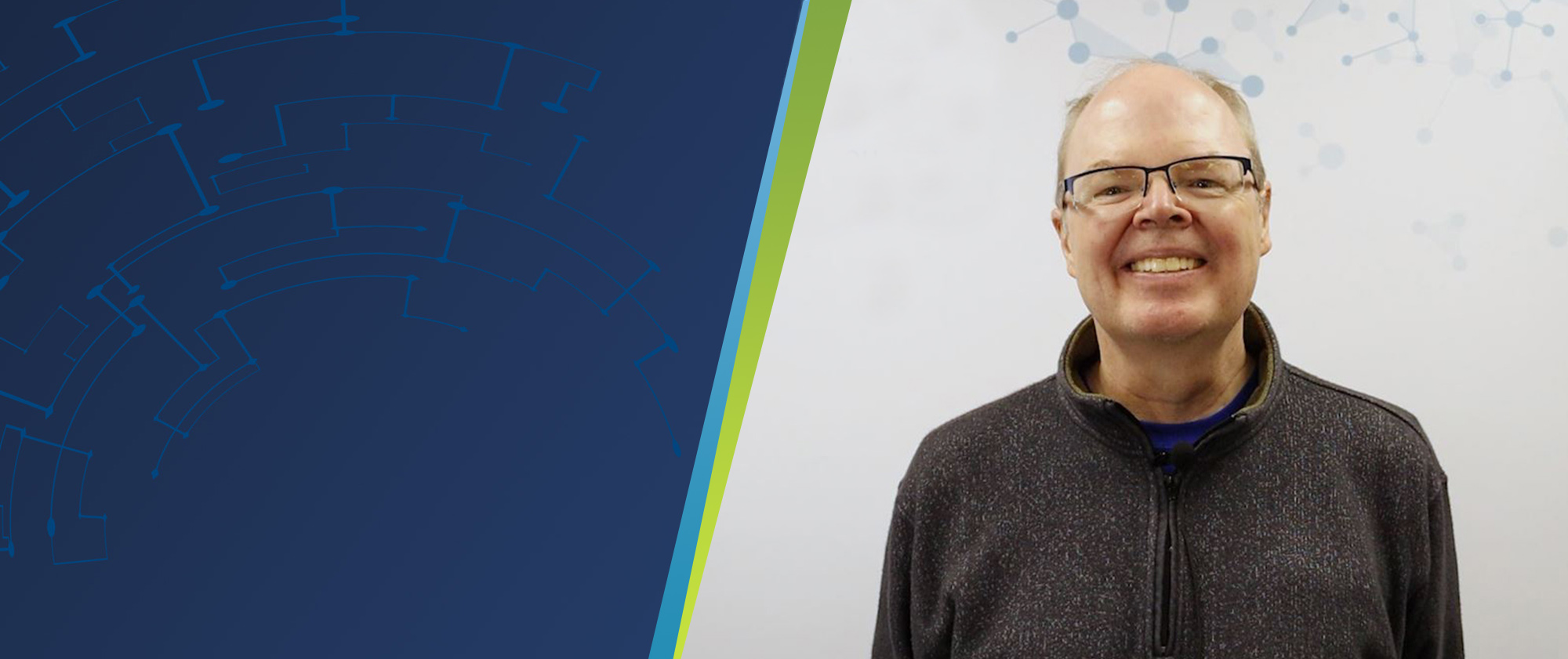Richard Winegar, Ph.D. is a Chief Scientist who provides technical leadership and subject matter expertise for diverse Life Sciences programs. Specialties include assay design, sample preparation, microbial forensics, genomics, and synthetic biology. He has served as Principal Investigator for numerous government (e.g., DHS, DOD, DARPA, FBI, NIH, DOE) and commercial clients. Dr. Winegar received his Ph.D. in Biomedical Sciences from the University of Tennessee, Oak Ridge and was a postdoctoral fellow at the University of California, San Francisco.
When did you know you wanted to be a scientist?
By about 10 years old, I knew I was going to be a scientist. My father was in the Air Force so we were stationed in Texas, Florida, and Alaska. I was always intrigued by the variety of plants, animals, and insects that varied so much between the places we lived. I was in about 7th grade when I learned that being a biologist was a job—it seemed like something cool to do.
What was your pathway to becoming a scientist?
I originally attended college at Florida Institute of Technology (FIT) as a pre-med major. However, a new molecular biology major program was initiated around my sophomore year. To me it was incredible to actually understand the genetic basis of life and use the elegant tools that were starting to be developed for genetic engineering. I believe I was the first graduate of FIT’s Molecular Biology major.
After graduation, I attended the University of Tennessee at Oak Ridge, where I received my Ph.D. in radiation biology. I studied the effects of making precise DNA breaks to simulate chromosomal damage and repair that occurs after radiation exposure.
After getting my Ph.D., I did a postdoctoral fellowship at the University of California, San Francisco. The more readily available technologies for sequencing and PCR allowed us to move from studying chromosomal-level damage to actual DNA sequence changes in response to radiation. After my postdoctoral fellowship, I received my first job at Stanford Research Institute, where I headed the genetic and molecular toxicology program. My work started applying new molecular methods (such as transgenic mice) to improve the standard genetic toxicology tests that had been used for decades.
Over time, my experience with molecular techniques applied to various challenging tissues and sample types caught the interest of a Department of Defense client that wanted to develop sensitive detection of biological threat agents in very dirty air collection samples. Our success exceeded the client’s expectations and I ended up moving from California to MRIGlobal’s facility in Palm Bay, Florida.
What is your role at MRIGlobal?
I am a Chief Scientist, which means I wear a lot of hats. Most of the work is providing technical leadership for programs that have a high degree of technical challenges to meet demanding client requirements. Day-to-day activities include writing research proposals, brainstorming ideas, troubleshooting difficulties in the laboratory, reviewing test plans and reports from colleagues, meeting with clients to provide technical updates, and meeting with program managers to ensure projects are on time and schedule.
What excites you about working at MRIGlobal?
I think MRIGlobal provides one of the best opportunities to both grow as a scientist in your area of expertise as well as learn and develop in adjacent areas. People who are curious, creative, and have initiative have the opportunity to grow small ideas into larger programs. It is very satisfying to see the direct benefits of your work for critical missions.
One of the most exciting times was being approached by the FBI to help develop and validate methods to analyze evidence related to the anthrax letters investigation. More recently, we have played a big role in the response to the COVID-19 pandemic. Research includes developing rapid diagnostics, testing therapeutics, and performing genomic analysis to better understand the emergence and significance of variant strains. Most importantly, I enjoy the great teams of people I get to work with. I learn so much from working on different projects where each person brings their own unique new skills, experience, and perspectives.
What are your interests outside of work
I have lots of interests. I think most scientists have active minds that are interested in the world around them. Everyday activities include gardening (with a focus on growing orchids) and nature photography. I also enjoy travelling when I get some time off. The silliest interest is in trivia – however, this led to appearing as a contestant on the game show “Who Wants to be a Millionaire” and winning $50,000.

